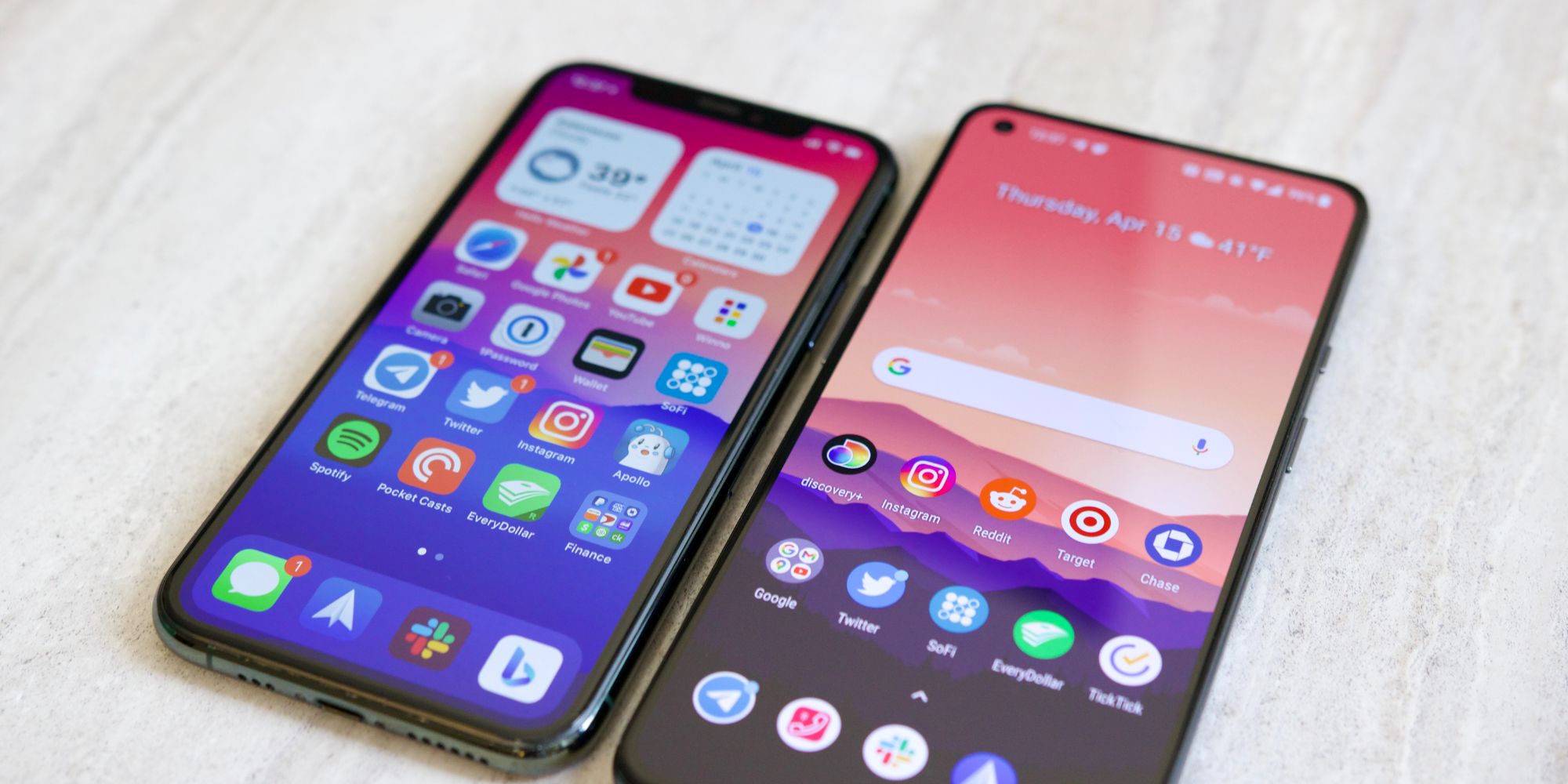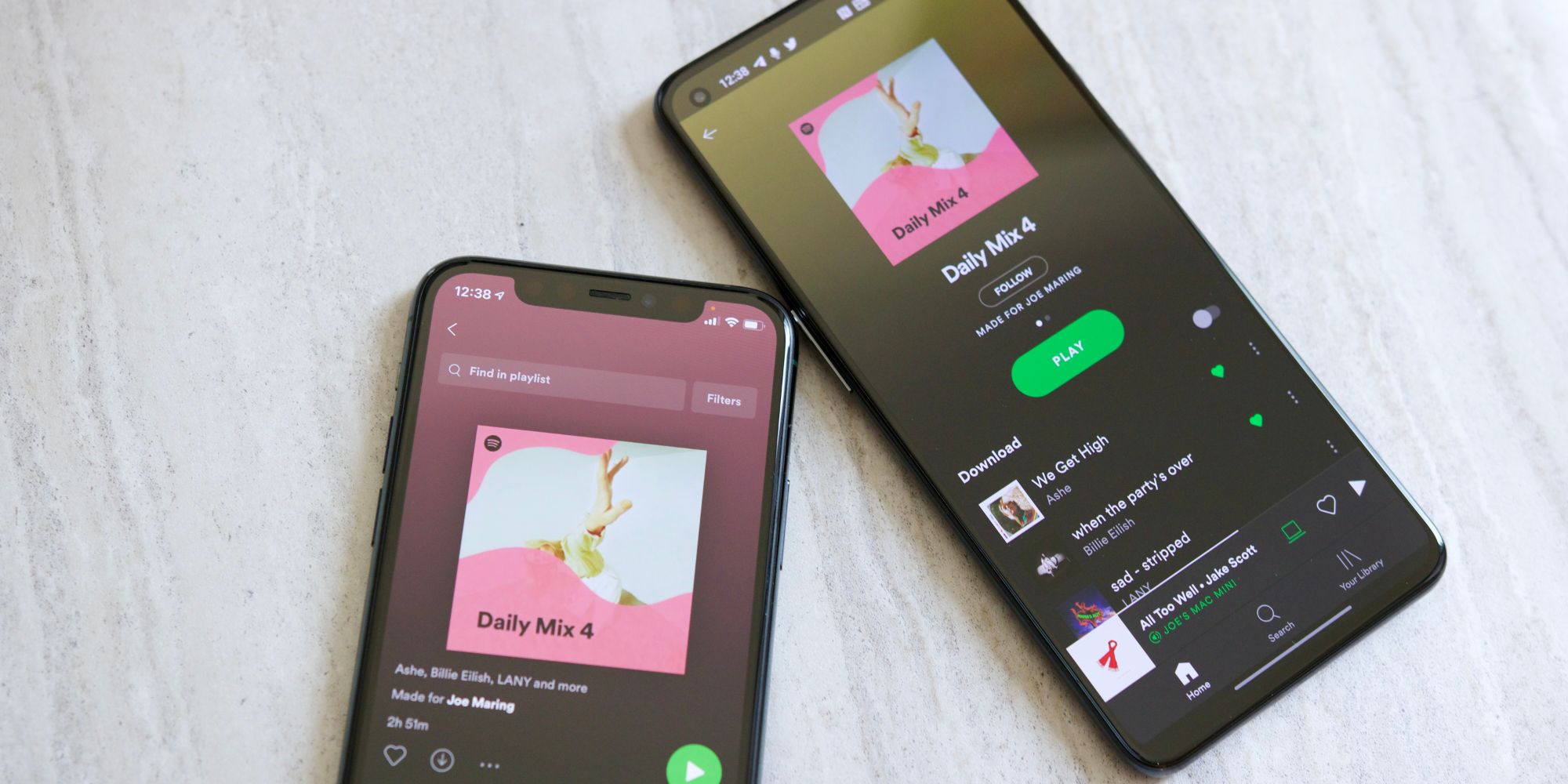Apps are arguably the most important component of any smartphone, and here in 2021, this is something that Apple continues to do better with iOS compared to Android. Google has made countless efforts to improve Android to be the best operating system possible, and while it's managed to outshine Apple in a few different ways over the years, it still can't compete when it comes to the app ecosystem. And that's a problem.
This has been one of the most frequently debated topics ever since the iOS vs. Android war first began. While people will happily argue over things like Apple's locked-down ecosystem, Android's superior notifications, and plenty more, the conversation around app quality is one of the more interesting. There's a lot that goes into building a smartphone, but at the end of the day, its primary function is to run applications like Twitter, YouTube, TikTok, and so on. And if those app experiences are substantially better on one platform over the other, that's not good. After comparing iOS and Android apps side-by-side, it's clear that there's still a pretty noticeable divide between the two platforms.
In some ways, these differences are fairly subtle. On the Spotify iOS app, playlist descriptions are shown directly below the thumbnail, along with a shortcut to the account that created it. On Android, users need to swipe on the playlist thumbnail to see this information. The iOS Spotify app also changes the background on the playback screen to match the color of the album, whereas Android doesn't do this. Another example is the Telegram app, which has all of its main navigation buttons directly on the bottom of the iOS app — compared to these being hidden behind a hamburger menu in Android. These are all small nitpicks, but they stick out when doing a side-by-side comparison.
Best Examples Of iOS Apps Being Better Than Android
The differences go beyond nitpicks, however — with a great example being the EveryDollar budgeting app. Its iOS application allows users to view a pie chart breakdown of their planned budget categories, spending, and remaining money for the month. It'll also autofill popular retail locations when adding new expenses, with both features being genuinely useful in daily use. On the Android EveryDollar app, neither of these things exist. There's also the Spark email app. There's a built-in calendar on iOS for quickly looking at any upcoming events, but for whatever reason, it's not in the Android variant.
And that's to mention the fact that some applications that are available for iOS just aren't on Android — at all. Apollo is widely regarded as one of the best Reddit clients ever created, and while it's a fantastic piece of software for iOS, it doesn't exist for Android. Winno is an incredible way to quickly consume the news in bite-sized snippets, but again, it shines on iOS with no Android presence.
When all of that gets added together, it ends up making the iPhone experience more enjoyable than any Android phone — regardless of other spec/feature differences. That can certainly vary depending on the apps each person uses, but either way, it's a constant advantage in Apple's court that Google has yet to address.
So, what can Google do to fix this? Unfortunately, there doesn't seem to be an easy answer. The tight-knit nature of iOS makes it easier for developers to create high-quality apps for all iPhones, and so long as Apple continues to hold the highest U.S. market share for the mobile space, that further incentivizes developers to cater more to iOS than to Android. It's not fun to say that Android apps are still lagging behind iOS all these years later, but that's the fact of where things are right now (and have been for a while). It's a problem Google needs to at least try and resolve, even if the solution isn't all that clear.
Source: Counterpoint Research


